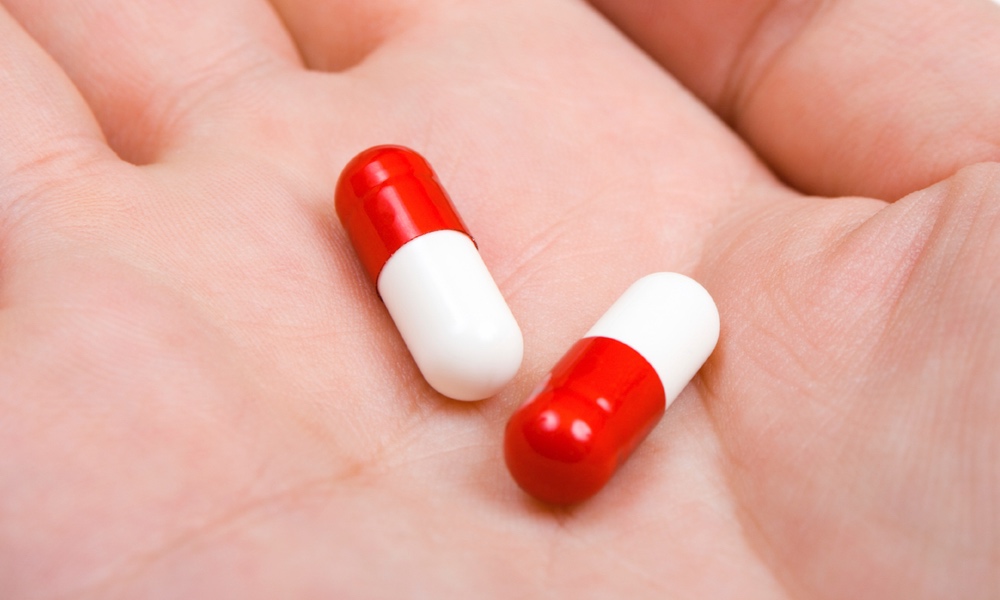Opioid pain relievers (OPRs) are the second most popular illicit drug among teens, after marijuana, according to a 2014 survey. One reason for this is that teens find it relatively easy to get them from home. These addicting drugs are stored unsafely in almost 70 percent of homes with children under 17, a new study finds.
“We…are not great about making our homes as safe as possible," Eileen McDonald, corresponding author on the study, told TheDoctor. Younger kids are particularly vulnerable to the injuries that happen in homes — from improperly stored prescription medications to household chemicals, such as laundry pods.
Researchers looked at OPR storage practices using a database and survey responses from nearly 700 adults prescribed OPRs within the past year and who reported having children living with them. Survey respondents reported that opioids were stored safely about 33 percent of this time in homes with children age 6 and younger. In homes with children ages 7 to 17, opioids were stored safely less than 12 percent of the time.Opioid pain relievers are unsafely stored in almost 70 percent of homes with children under 17, a new study finds.
McDonald was “shocked to see the difference between the younger and older age groups.” It is probably true that parents with younger kids are more careful in general because of warnings about poisoning prevention among younger children, as compared to those with older children, she added. The difference in the percentage of homes with safe storage could be due to the broader way fact researchers defined safe storage when it came to homes with younger kids.
Pediatricians need to educate children about improper medication use, using age-appropriate messages, said McDonald. Parents can follow up on these discussion by talking to their teens about the dangers of taking someone else’s medications.
Adolescents tend to think prescription medications are safe because “doctors give them to people,” McDonald added. Parents should talk to their children about the fact that medications are prescribed to specific people for a specific reason. They should emphasize that it is illegal — and dangerous — to take someone else’s medications, and that taking medications prescribed to someone else can be harmful or even fatal.
Parents need to be more careful about keeping opioids locked up so children and teens can't get them, but engineering and technology can also help create safer storage for prescription medications. Andrea Gielen, a co-author on the current study, has developed a prototype of a personalized, tamper-resistant pill dispenser designed to make it easier for adults with opioids in their homes to store them safely, so that no one else can access them.





